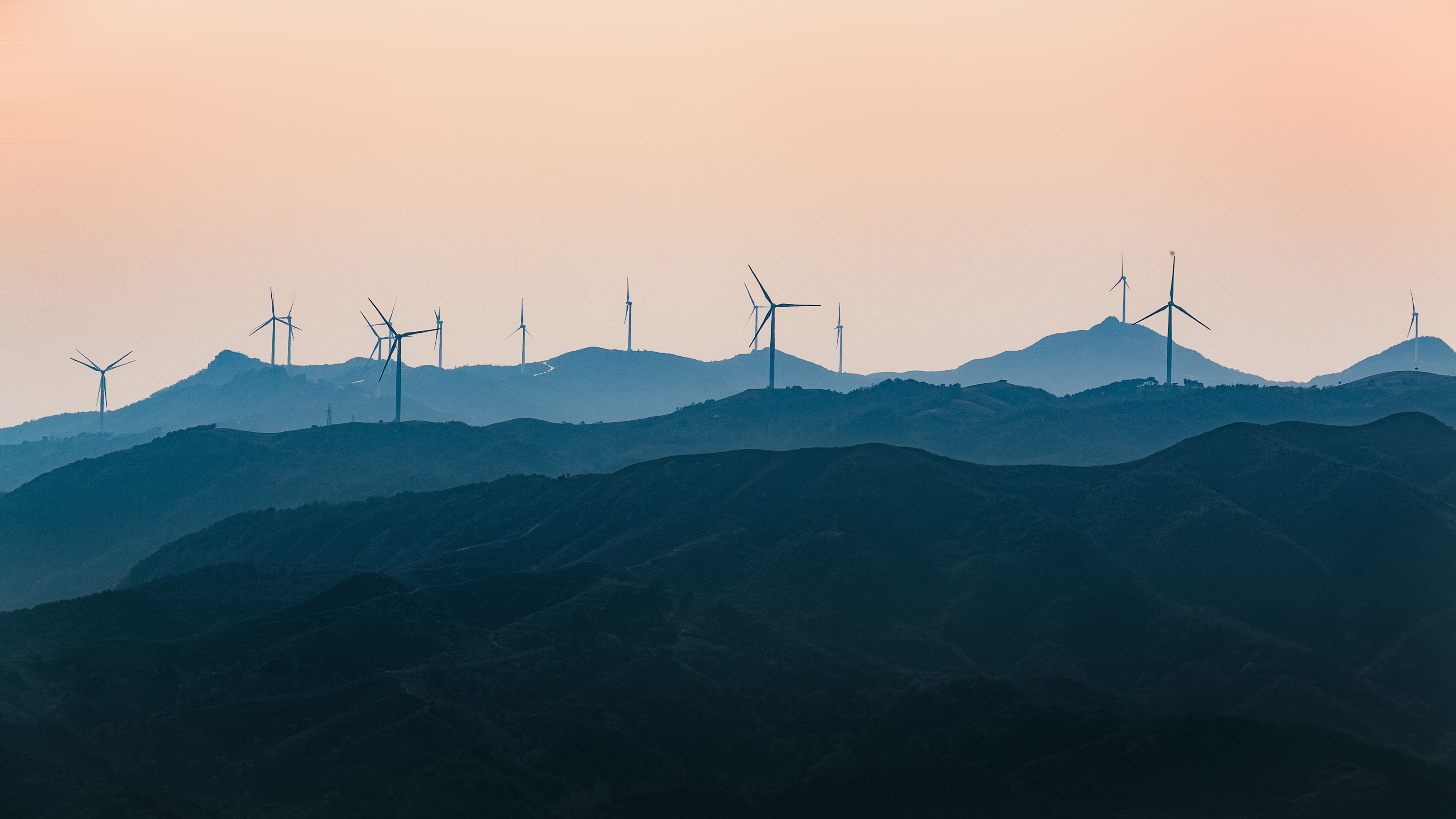The developing world has hit the brakes on clean energy

Clean-energy investments in the developing world plummeted last year while coal use reached a record high.
Those are very bad signs for the climate. Most of the world’s economic expansion in the coming decades will be in nations like China, India, and other emerging markets. So powering that growth with fossil fuels, rather than renewables, threatens to lock in soaring levels of greenhouse gas emissions.
The numbers: Investments in solar, wind, and similar projects fell to $133 billion in 2018, down from $169 billion the prior year, according to BloombergNEF’s annual survey of more than 100 emerging markets.
China’s role: China, the world’s largest carbon emitter, accounted for most of the decline. The nation put $86 billion into clean-energy projects last year, down from $122 billion in 2017, as it cut renewables subsidy programs to get soaring costs under control.
Elsewhere: Clean-energy investments fell by $2.4 billion in India and $2.7 billion in Brazil, the report found. One bit of good news is that investments did rise outside of those three nations, ticking up by $4 billion, with Vietnam, South Africa, Mexico, and Morocco putting in the most resources, BloombergNEF found.
Fossil fuels: The other good news is that the capacity of new coal plants did decline to its lowest level in a decade last year, at just under 40 gigawatts. Indeed, overall, more clean-energy capacity than fossil-fuel capacity was added in 2018.
But the bet on every additional coal plant that gets built is that it will still be operating and pumping out climate emissions decades from now, making it increasingly difficult to achieve the cuts necessary to avoid dangerous levels of global warming.
The really bad news: It now appears that China has kicked off a new coal building boom.
Last week, nonprofit Global Energy Monitor reported that the nation expanded its coal fleet by nearly 43 gigawatts between January 2018 and June 2019, far outpacing a roughly 8-gigawatt decline across the rest of the world in that period. And it has nearly 150 gigawatts under construction or likely to be revived—roughly equal to all the European Union’s coal plants.
“An increase in China’s coal power capacity is not compatible with the Paris climate agreement to hold warming well below 2 °C,” the report concluded.
Deep Dive
Climate change and energy
The problem with plug-in hybrids? Their drivers.
Plug-in hybrids are often sold as a transition to EVs, but new data from Europe shows we’re still underestimating the emissions they produce.
Harvard has halted its long-planned atmospheric geoengineering experiment
The decision follows years of controversy and the departure of one of the program’s key researchers.
Why hydrogen is losing the race to power cleaner cars
Batteries are dominating zero-emissions vehicles, and the fuel has better uses elsewhere.
Decarbonizing production of energy is a quick win
Clean technologies, including carbon management platforms, enable the global energy industry to play a crucial role in the transition to net zero.
Stay connected
Get the latest updates from
MIT Technology Review
Discover special offers, top stories, upcoming events, and more.